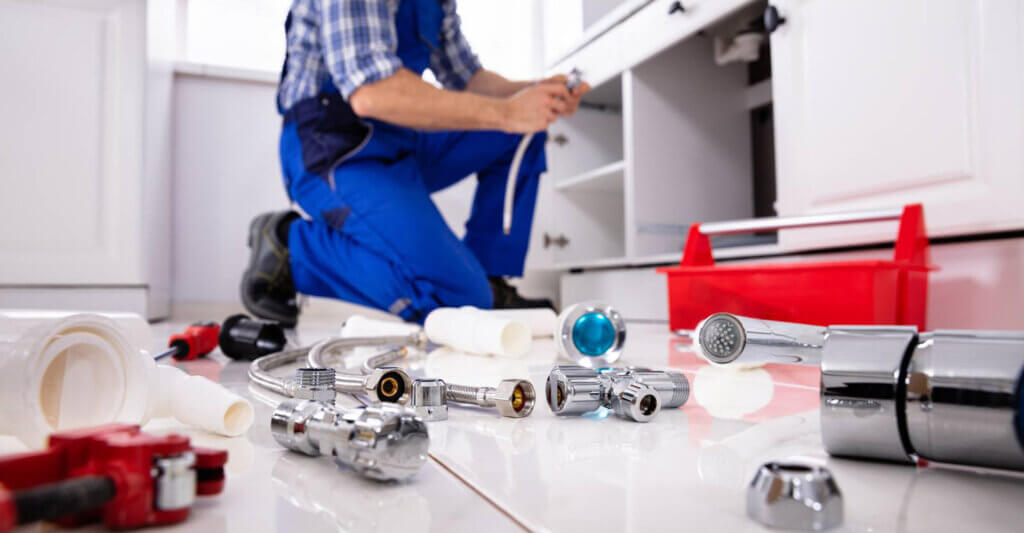Different types of debris can clog a drain — from grease and leftover food to soggy napkins, hair, soap scum, toilet paper, and toothpaste. The mess isn’t a pleasant sight, but when you’re dealing with a clog it helps to know what caused it so that you can take steps to prevent future clogs.
Oftentimes, a plunger will effectively dislodge a clog, whether in the kitchen sink, shower, toilet, or bathroom sink. In other cases, you’ll need a rooter.
The Different Types of Rooters
The type of rooter you’ll use to dislodge a clog will depend on the type of drain.
A hand spinner is a manual rooter that requires manually cranking the lever to move the drain snake through the blocked drain. Most drains can be unclogged with a hand spinner, except for a toilet.
The closet, or toilet, auger is specifically designed to dislodge clogs in toilets. The rooter has a short wire that passes through hook-shaped metal tubing. This makes it easier to access toilet drains.
The roto-rooter is electronically operated and has rotating blades that can cut through tree roots blocking drains and sewer pipes.
How Tree Roots Clog Drains
Trees with deep and extensive roots can grow into the plumbing system and cause clogs in the home.
Here are a few signs of tree roots invading drain lines:
- Toilet that stops occasionally but can be cleared using a plunger. This isn’t a definite sign but could be an early indication of a growing problem.
- Frequent toilet stoppages that become more stubborn and cannot be cleared with a plunger.
- Localized drain problem. Other toilets are draining properly.
If you suspect tree roots are causing clogs in your home, you need to call Tucker Hill for professional rooter service. The problem won’t be solved with a plunger or auger. Our team of plumbers has the right tools, equipment, and experience necessary to address the root of the issue. Don’t delay service, as the issue is guaranteed to become worse the longer you wait. Give us a call today for an inspection and quote.

